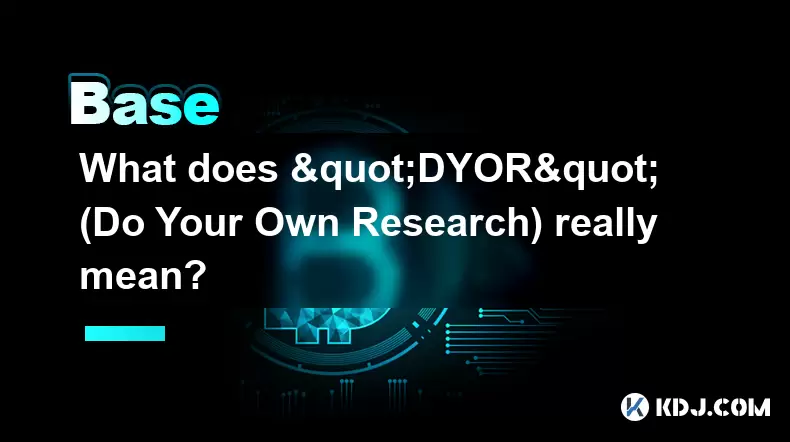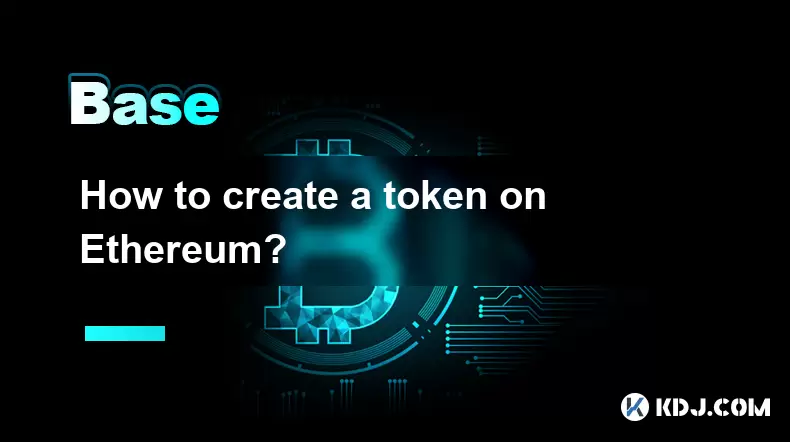-
 Bitcoin
Bitcoin $118400
0.39% -
 Ethereum
Ethereum $3814
2.17% -
 XRP
XRP $3.547
1.34% -
 Tether USDt
Tether USDt $1.000
0.00% -
 BNB
BNB $769.5
2.95% -
 Solana
Solana $191.7
6.36% -
 USDC
USDC $0.9999
0.01% -
 Dogecoin
Dogecoin $0.2722
7.75% -
 Cardano
Cardano $0.8995
5.59% -
 TRON
TRON $0.3158
-0.78% -
 Hyperliquid
Hyperliquid $47.37
4.46% -
 Stellar
Stellar $0.4848
3.54% -
 Sui
Sui $4.031
1.72% -
 Chainlink
Chainlink $20.11
3.94% -
 Hedera
Hedera $0.2832
3.16% -
 Avalanche
Avalanche $26.20
4.27% -
 Bitcoin Cash
Bitcoin Cash $530.5
0.67% -
 Shiba Inu
Shiba Inu $0.00001568
3.59% -
 Litecoin
Litecoin $118.4
1.42% -
 UNUS SED LEO
UNUS SED LEO $8.976
-0.23% -
 Toncoin
Toncoin $3.349
2.54% -
 Polkadot
Polkadot $4.590
2.54% -
 Uniswap
Uniswap $10.56
-0.59% -
 Ethena USDe
Ethena USDe $1.001
0.00% -
 Monero
Monero $327.7
0.39% -
 Pepe
Pepe $0.00001422
2.62% -
 Bitget Token
Bitget Token $4.973
-1.22% -
 Dai
Dai $1.000
0.02% -
 Aave
Aave $331.9
1.59% -
 Bittensor
Bittensor $429.6
-0.56%
What does "DYOR" (Do Your Own Research) really mean?
"Always do your own research before investing in crypto to avoid scams and make informed decisions."
Jul 20, 2025 at 07:49 am

Understanding the Core Meaning of "DYOR"
In the world of cryptocurrency, the acronym DYOR stands for "Do Your Own Research", a phrase frequently used across forums, social media platforms, and investment communities. It is more than just a suggestion; it serves as a crucial reminder that individuals should not blindly follow advice or hype when making investment decisions. Instead, they are encouraged to dig deeper, verify sources, and assess risks independently. The phrase is often used when someone shares a new coin idea or investment opportunity, prompting others to investigate rather than take the information at face value.
Why "DYOR" Is Frequently Emphasized in Crypto Spaces
The decentralized nature of cryptocurrencies means there is no central authority overseeing or guaranteeing returns. As a result, the onus of due diligence falls entirely on the investor. Many projects in the crypto space are unregulated and unverified, making them susceptible to scams, rug pulls, and misinformation. The phrase "DYOR" is often used as a protective shield by those who share information, indicating that they are not liable for any losses incurred by others who follow their suggestions without conducting their own analysis. It is also a way to promote financial literacy and critical thinking in an environment where FOMO (Fear of Missing Out) can lead to impulsive decisions.
What Does "Doing Your Own Research" Actually Involve?
True DYOR involves more than just reading a whitepaper or watching a YouTube video. It requires a multi-layered approach to evaluating a project, including:
- Examining the team behind the project: Are they anonymous or do they have verifiable identities and experience in the field?
- Reviewing the whitepaper: Is the technology sound, and does it solve a real-world problem?
- Analyzing the tokenomics: How is the supply structured? Are there mechanisms in place to prevent inflation or dumping?
- Checking the codebase: If the project is open-source, reviewing the smart contracts can reveal potential vulnerabilities or red flags.
- Looking into community sentiment: What are people saying on platforms like Reddit, Telegram, and Discord? Are there signs of manipulation or genuine interest?
Each of these steps is crucial for making informed decisions and avoiding potential pitfalls.
How to Approach DYOR Step-by-Step
- Start with the basics: Understand what the project is trying to achieve and whether it aligns with current trends or solves a real problem.
- Verify the team and advisors: Use platforms like LinkedIn to cross-check the identities and backgrounds of the team members.
- Read the whitepaper thoroughly: Look for technical depth, realistic goals, and clear timelines.
- Check for audits: Reputable projects often undergo third-party audits to ensure the security of their smart contracts.
- Look at the roadmap: Is the project delivering on its promises? Are there regular updates and transparent communication?
- Explore the community channels: Engage with other users, ask questions, and observe how the team interacts with the community.
- Use on-chain tools: Platforms like Etherscan or BscScan allow you to track transactions and verify the legitimacy of token movements.
Each of these steps should be taken seriously and not skipped, as missing one could lead to significant financial loss.
Common Misinterpretations of DYOR in the Crypto Community
Some people mistakenly believe that DYOR simply means reading a few articles or watching a few videos before investing. However, this is a superficial understanding. True DYOR requires deep investigation and critical thinking. Others may use the term as a way to avoid responsibility when their recommendations turn out to be wrong. It is also sometimes used disrespectfully to dismiss questions or concerns without offering help. Understanding the intention behind DYOR is as important as practicing it correctly.
FAQs
Q: Is DYOR only applicable to new or unknown crypto projects?
A: No, DYOR applies to all investment decisions, whether you're considering a well-known cryptocurrency like Bitcoin or a new DeFi token. Even established projects can have risks or changing dynamics that require re-evaluation.
Q: Can I rely on others’ research instead of doing my own?
A: While it's helpful to read analyses from trusted sources, you should never fully depend on someone else's conclusions. Always cross-verify information and ensure it aligns with your own understanding and risk tolerance.
Q: What if I don’t have the technical skills to do DYOR effectively?
A: Start with the basics and educate yourself gradually. There are many free resources available online, including tutorials on blockchain technology, smart contracts, and financial analysis. Engage with communities, ask questions, and learn from others' experiences.
Q: Is DYOR a substitute for professional financial advice?
A: No, DYOR is a personal responsibility, not a replacement for professional guidance. If you're unsure about a decision, it's wise to consult a qualified financial advisor who understands the crypto space.
Disclaimer:info@kdj.com
The information provided is not trading advice. kdj.com does not assume any responsibility for any investments made based on the information provided in this article. Cryptocurrencies are highly volatile and it is highly recommended that you invest with caution after thorough research!
If you believe that the content used on this website infringes your copyright, please contact us immediately (info@kdj.com) and we will delete it promptly.
- Binance, PEPE, and BONK: Meme Coins Mature, Shed 'Seed Tag' Amid Market Shifts
- 2025-07-21 22:30:13
- Toshi.bet: Leading the Crypto Casino Revolution in Poland 2025
- 2025-07-21 20:30:12
- Tether Gold (XAU₮) Expands: Mobee Indonesia & Tokenized Gold's Rising Tide
- 2025-07-21 20:50:12
- BlockDAG's Launch Access: No Vesting, Maximum Opportunity!
- 2025-07-21 21:30:12
- Altcoin Season Heats Up: Cardano Outperforms After Bitcoin Stabilizes
- 2025-07-21 20:50:12
- BlockchainFX: The 1000X Potential Crypto SHIB and DOGE Holders Are Eyeing
- 2025-07-21 21:30:12
Related knowledge

What is the difference between a sidechain and a Layer 2?
Jul 20,2025 at 11:35pm
Understanding the Concept of SidechainsA sidechain is a separate blockchain that runs parallel to the main blockchain, typically the mainnet of a cryp...

What is the Inter-Blockchain Communication Protocol (IBC)?
Jul 19,2025 at 10:43am
Understanding the Inter-Blockchain Communication Protocol (IBC)The Inter-Blockchain Communication Protocol (IBC) is a cross-chain communication protoc...

How does sharding improve scalability?
Jul 20,2025 at 01:21am
Understanding Sharding in BlockchainSharding is a database partitioning technique that is increasingly being adopted in blockchain technology to enhan...

What is the "crypto trilemma" of scalability, security, and decentralization?
Jul 19,2025 at 06:28pm
Understanding the Concept of the Crypto TrilemmaThe crypto trilemma refers to the challenge of simultaneously achieving scalability, security, and dec...

What is a cliff and vesting schedule in tokenomics?
Jul 20,2025 at 10:28am
What Does a Cliff Mean in Tokenomics?In tokenomics, a cliff refers to a specific period during which token holders are not allowed to access or transf...

How to create a token on Ethereum?
Jul 21,2025 at 02:07pm
Understanding the Basics of Ethereum TokensBefore diving into the process of creating a token on Ethereum, it's crucial to understand what Ethereum to...

What is the difference between a sidechain and a Layer 2?
Jul 20,2025 at 11:35pm
Understanding the Concept of SidechainsA sidechain is a separate blockchain that runs parallel to the main blockchain, typically the mainnet of a cryp...

What is the Inter-Blockchain Communication Protocol (IBC)?
Jul 19,2025 at 10:43am
Understanding the Inter-Blockchain Communication Protocol (IBC)The Inter-Blockchain Communication Protocol (IBC) is a cross-chain communication protoc...

How does sharding improve scalability?
Jul 20,2025 at 01:21am
Understanding Sharding in BlockchainSharding is a database partitioning technique that is increasingly being adopted in blockchain technology to enhan...

What is the "crypto trilemma" of scalability, security, and decentralization?
Jul 19,2025 at 06:28pm
Understanding the Concept of the Crypto TrilemmaThe crypto trilemma refers to the challenge of simultaneously achieving scalability, security, and dec...

What is a cliff and vesting schedule in tokenomics?
Jul 20,2025 at 10:28am
What Does a Cliff Mean in Tokenomics?In tokenomics, a cliff refers to a specific period during which token holders are not allowed to access or transf...

How to create a token on Ethereum?
Jul 21,2025 at 02:07pm
Understanding the Basics of Ethereum TokensBefore diving into the process of creating a token on Ethereum, it's crucial to understand what Ethereum to...
See all articles

























































































